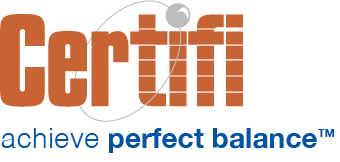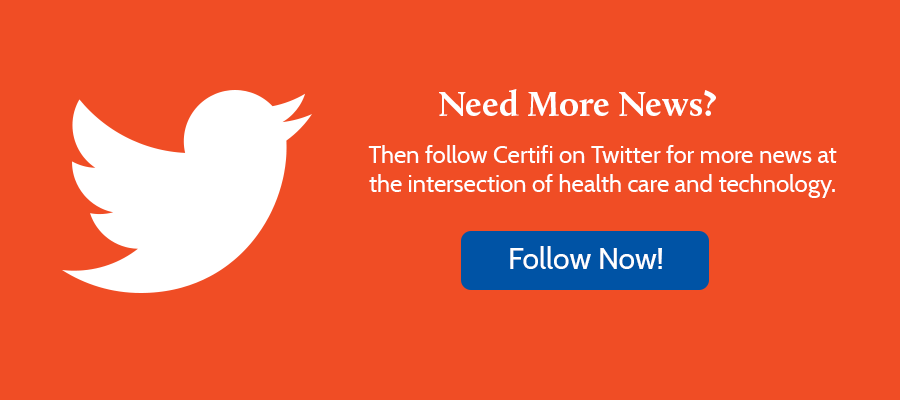Shopping for a private exchange can be difficult. At their core, private health exchanges leverage technology to deliver employees the tools they need to select the best benefit plans and coverages for their situation. They also offer potential cost savings to employers, which is why they’ve grown in popularity in the past decade.
To help you make the best buying decision, here are seven questions to ask to help you better understand the benefits, costs, and features of private health exchanges.
What selection of plans will be available?
Private exchange providers generally do the legwork to find carriers that will offer plans on their exchange. When you’re considering a private benefit exchange solution, you’ll want to ask what types of plans are available and understand your responsibility in selecting available plans. If all your employees are in a specific area, you’ll want plans that are a good fit for that location. If your business has a national footprint, you’ll want plans suited to that footprint.
But it’s not just health plans you need to consider. Many private benefit exchanges offer other benefits like pet insurance, wellness programs, life insurance, and more. A robust benefits offering can improve employee satisfaction and retention, so don’t forget to ask what other benefits are available to your employees.
What decision support tools are available?
Private exchanges can help your employees make sound decisions based on their unique characteristics. Many private exchange vendors have decision-support tools. Examples include overall cost estimates, artificial intelligence that recommends the most cost-effective plan, or information on past utilization. These tools help employees make more informed benefits decisions.
Much like having a broad selection of benefits available, directing employees to the right plan based on their circumstances will likely help them save money, improve their satisfaction with the plan, and ultimately improve retention.
What administrative responsibilities are mine?
Employers often choose to implement private insurance exchange plans to reduce the total cost of their benefits spend. As a result, employers may use a defined contribution when paying for a portion of the benefits selected on the exchange.
But in an attempt to reduce costs, make sure you aren’t increasing your administrative burden. Private health exchanges may design plans, negotiate prices, collect premiums, establish networks, promote wellness, answer benefit questions, and deliver compliance assistance with state and federal regulations. Private exchanges generally put together benefit plans available to employees. As a result, employers relinquish control over plan design and other decisions.
How will your exchange drive down costs?
The allure of a healthcare exchange – whether it’s public or private – is that by design it should help to drive down costs. By creating a marketplace where competition exists, carriers will theoretically keep costs low to attract members.
If you’re using a defined contribution, that’s likely not going to impact your bottom line. But, If the exchange is offering administrative support or customer service, you may be able to trim your staff or redeploy your employees to more strategic activities. For example, all changes, additions, and terminations are processed through the exchange, eliminating a lot of paperwork and administrative processing time.
Those are just a few examples of how an exchange can theoretically drive down costs. Remember to ask your exchange technology provider for case studies or references. Existing or past customers may be able to better speak to cost-saving experiences in the private exchange.
What kind of customer service is included?
We mentioned in the previous question that customer service may be included. Generally, the private exchanges will handle any customer support questions that occur during enrollment, when employees are selecting plans. But many other customer support situations may arise that occur after enrollment — like claims disputes — that will require attention. Be sure to get a list of customer service activities that the private exchange will deliver — and activities they won’t.
What are the costs?
You’ll generally pay a fee to access the technology platform and cover any customer support and administrative services provided. Private exchange providers typically charge a per employee, per month fee that will vary based on the services provided. If shopping for a private exchange, make sure you understand the costs and compare apples to apples.
Also, consider what kind of performance guarantees are built into the contract. Many technology companies will have an uptime guarantee. It’s also worth considering other performance guarantees around customer service, support, billing accuracy, etc.
What are the benefits of a private exchange?
More choice. There are many employer and employee benefits to enrolling in a private exchange. For employees, they generally will get a wider choice of benefit offerings and can tailor their benefits to their situation. As you can imagine, a 23-year-old in Kansas will have different benefits needs than a 67- year-old in San Francisco. Offering a well-rounded choice of benefits can help improve employee satisfaction and increase retention. It can also improve the ability to attract quality employees.
Simplified HR administration. Private exchanges can also simplify HR administration. The private exchange provider will typically be able to deliver reports that help streamline benefits administration and ACA compliance because the exchange completes open enrollment by leveraging technology instead of paperwork.
Cost containment. By leveraging a defined contribution model, employers can contain costs. Plus, as we mentioned, exchanges typically offer administration and customer support that may enable labor cost savings for an employer.
Bonus Question: What value-added services are available?
We work with several private exchange providers to deliver insurance premium billing and payment software and services that virtually eliminate manual billing reconciliation. Ask your provider what additional value-added services – like billing reconciliation – are available to help alleviate administrative headaches. Many providers also sell benefits administration software and solutions, so there are likely additional administrative or software add-ons that will add value to your relationship.
Certifi is the leading provider of private health exchange premium billing and payment services for technology providers.



